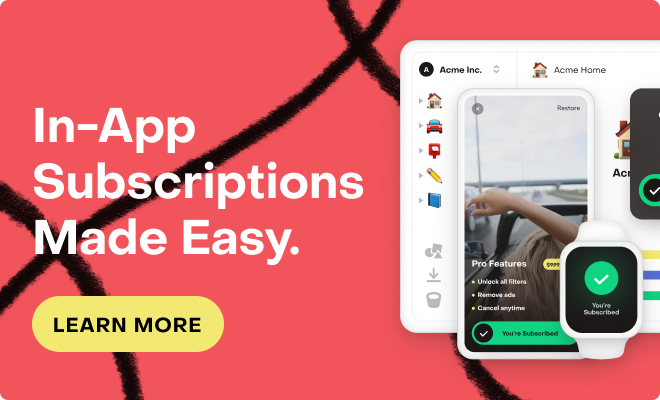I am using the following code in RN to determine if a user is subscribed:
const customerInfo = await Purchases.getCustomerInfo();
const isActive = Object.entries(customerInfo.entitlements.active).length > 0;
I have received multiple emails recently about people saying they are subscribed but being prompted to subscribe again. No code has changed in this regard. I’ve received emails from iOS and Android users.
Is there a better check or a bug in the SDK? The above code is run when the app boots and sets a global session state. It seems to have worked well for a year+.




